 The name Fez is believed to come from Fez, the city, which once produced the hat's red dye, made from crimson berries.
The name Fez is believed to come from Fez, the city, which once produced the hat's red dye, made from crimson berries.The origins of the Fez, or "tarboosh" in Morocco, is not clear. The design may have come from ancient Greece or the Balkans. In the 19th Century it gained wide acceptance when the Ottoman rulers moved to modernize traditional costumes. The brimless hat did not get in the way of a Muslim's daily prayers and was cleaner and less cumbersome than the turban.

 A version of the fez was used as an arming cap for the 1400-1700s version of the mail armour head protector (a round metal plate or skull-cap, around which hung a curtain of mail to protect the neck and upper shoulder. The fez, presumably padded, raised up the metal plate an inch or two to provide effective protection from heavy blows. The fez could be optionally wrapped with a turban.
A version of the fez was used as an arming cap for the 1400-1700s version of the mail armour head protector (a round metal plate or skull-cap, around which hung a curtain of mail to protect the neck and upper shoulder. The fez, presumably padded, raised up the metal plate an inch or two to provide effective protection from heavy blows. The fez could be optionally wrapped with a turban.Fez being made in Tunisia.
The red fez with blue tassel was the standard headdress of the Turkish Army from the 1840s until the introduction of a khaki service dress and peakless sun helmet in 1910. The only significant exceptions were cavalry and some artillery units who wore a lambskin hat with coloured cloth tops. Albanian levies wore a white version of the fez. During World War I the fez was still worn by some naval reserve units and occasionally by soldiers when off duty.
The Evzones (light infantry) regiments of the Greek Army wore their own distinctive version of the fez from 1837 until World War II. It now survives in the parade uniform of the Presidential Guard in Athens.
Somali man wearing a white fez
From the late 19th century on the fez was widely adopted as the headdress of locally recruited "native" soldiers amongst the various colonial troops of the world. The French North African regiments (Zouaves, Tirailleurs, and Spahis) wore wide, red fezzes with detachable tassels of various colours. It was an off-duty affectation of the Zouaves to wear their fezzes at different angles according to the regiment; French officers of North African units during the 1930s often wore the same fez as their men, with rank insignia attached. The Libyan battalions and squadrons of the Italian colonial forces wore lower, red fezzes over white skull caps. Somali and Eritrean regiments in Italian service wore high red fezzes with coloured tufts that varied according to the unit. German askaris in East Africa wore their fezzes with khaki covers on nearly all occasions. The Belgian Force Publique in the Congo wore large and floppy red fezzes similar to those of the French Tirailleurs Senegalais and the Portuguese Companhias Indigenas. The British King's African Rifles (recruited in East Africa) wore high straight-sided fezzes in either red or black, while the West African Frontier Force wore a low red version. The Egyptian Army wore the classic Turkish model until 1950. The West India Regiment of the British Army wore a fez as part of its Zouave-style full dress until this unit was disbanded in 1928. The tradition is continued in the full dress of the band of the Barbados Regiment, with a white turban wrapped around the base.
Tunisian Fez (Chechia Megidi)
While the fez was a colourful and picturesque item of uniform it was in several ways an impractical headdress. If worn without a drab cover it made the head a target for enemy fire, and it provided little protection from the sun. As a result it was increasingly relegated to parade or off-duty wear by World War II, although France's West African tirailleurs continued to wear a khaki-covered version in the field until about 1943. During the final period of colonial rule in Africa (approximately 1945 to 1962) the fez was seen only as a full-dress item in French, British, Belgium, Spanish and Portuguese African units; being replaced by wide-brimmed hats or forage caps on other occasions. Colonial police forces, however, usually retained the fez as normal duty wear for indigenous personnel.

In the Western world, the fez occasionally serves as a symbol of relaxation. In cartoons, characters are shown wearing a fez often while lying in a hammock on vacation or just relaxing after a hard day of work. This curious imagery may be a throwback to the late 19th century English practice of men wearing a loose fitting smoking jacket and braided fez-like headdress when relaxing informally in the evenings. Punch cartoons of the period 1875-90 frequently portray middle-class male figures dressed in this fashion. This practice is called "wearing mufti" and came from the habit of British officers and public servants wearing what was then Indian dress in the privacy of their homes. The dress was more comfortable in the Indian climate and created a sense of ease and relaxation such that the clothing, not unlike that of an Islamic scholar or mufti, came into the English language as a word meaning 'out of uniform' or undress.
* One of the most well-known wearings of a fez in a Hollywood film was by Victor Mature, playing Dr. Omar in Josef Von Sternberg's The Shanghai Gesture (1942).
* The Shriners are notable for wearing fezzes.
* The late British comedian and magician Tommy Cooper wore a fez as part of his stage persona.





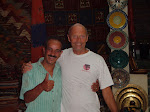

















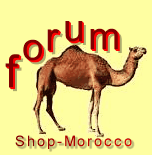
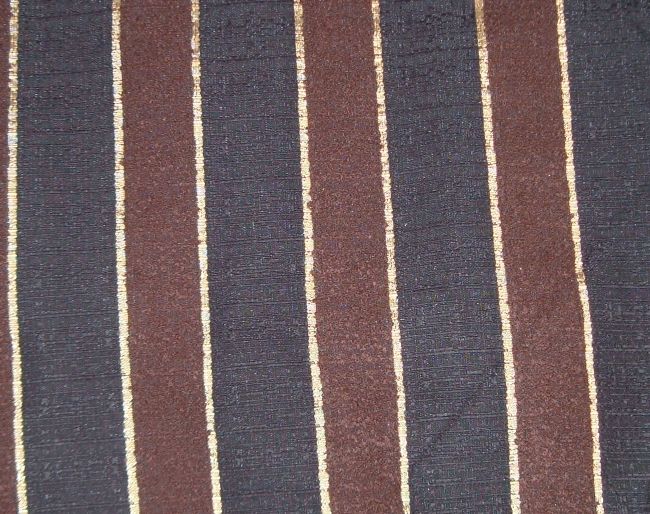

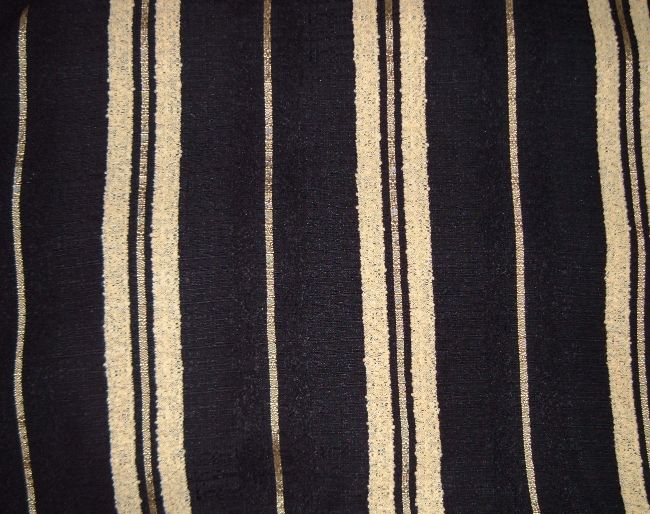
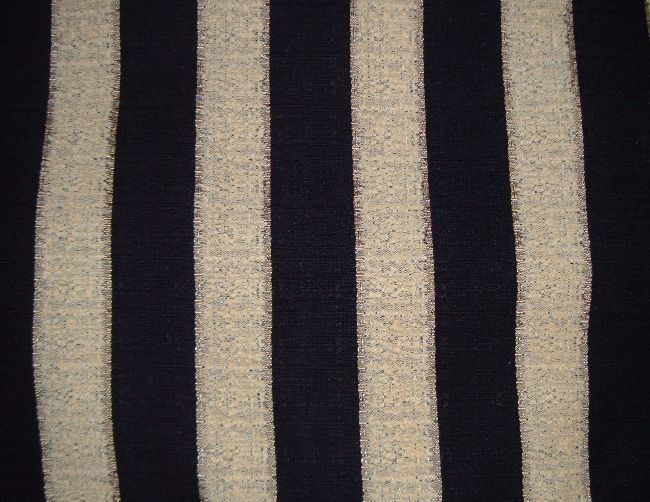
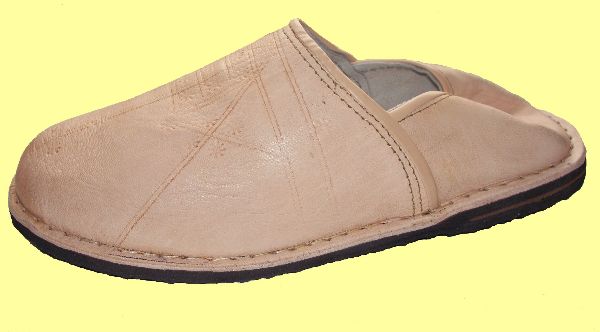
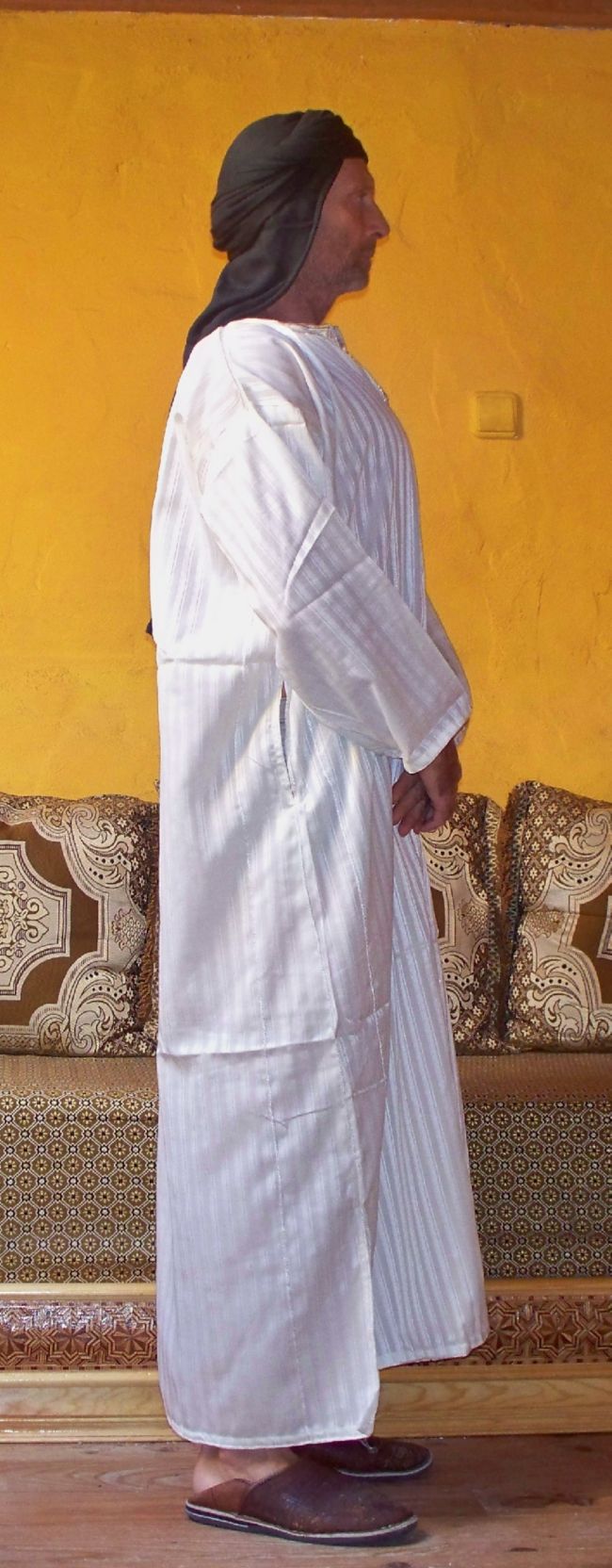
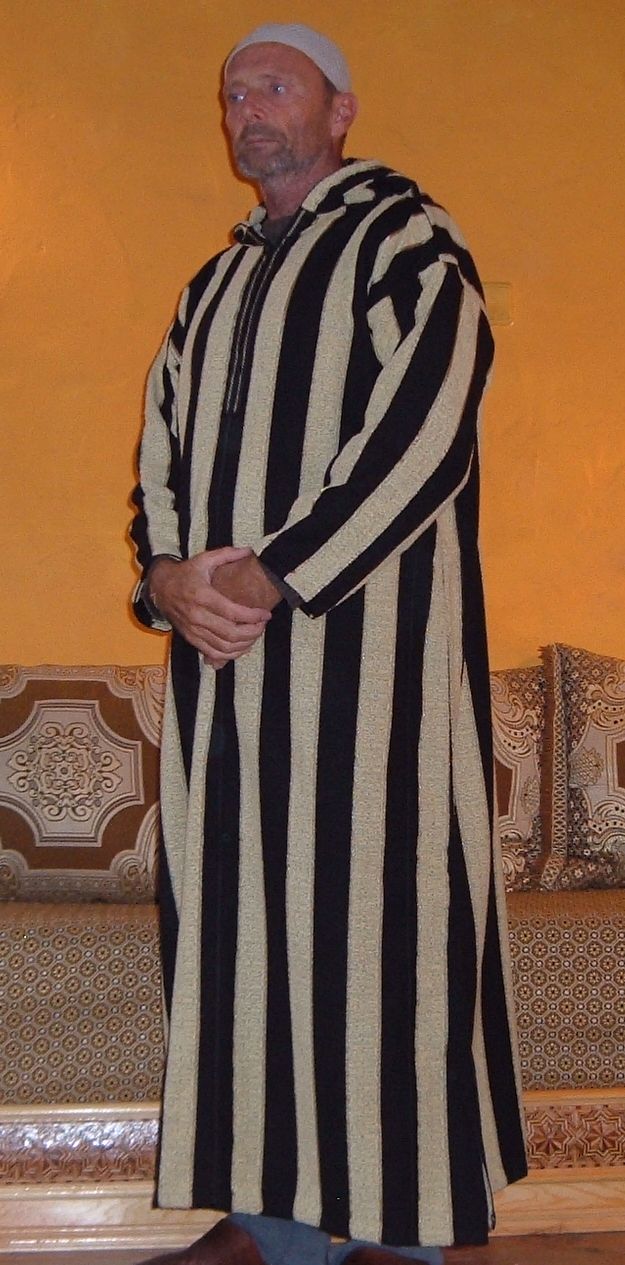
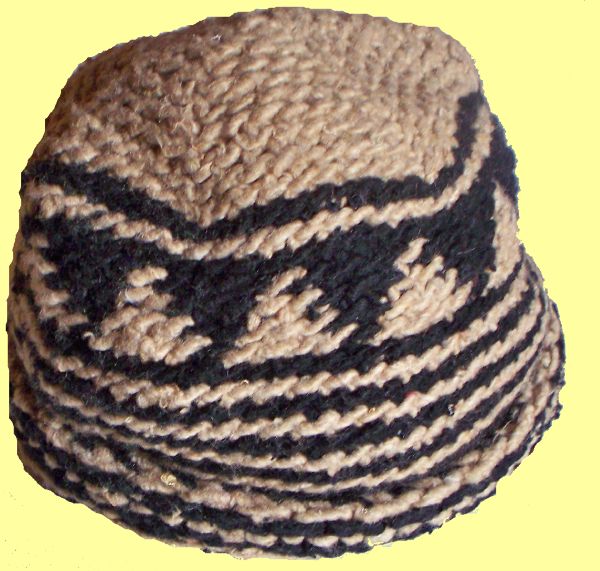
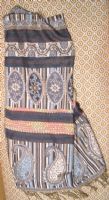

2 comentarios:
Thanks for this good & excellent work. you should have to continue it forever.....
online deals of the day
Congratulations Admin! Thank you so much for taking the time to share this exciting information.
Tassen bedrucken
Publicar un comentario